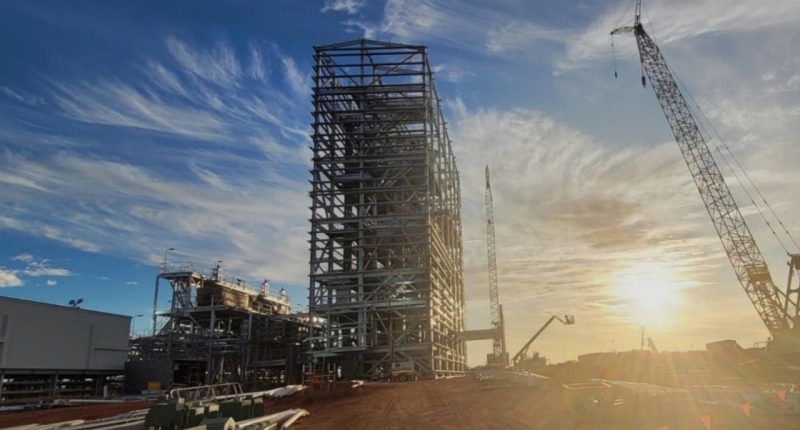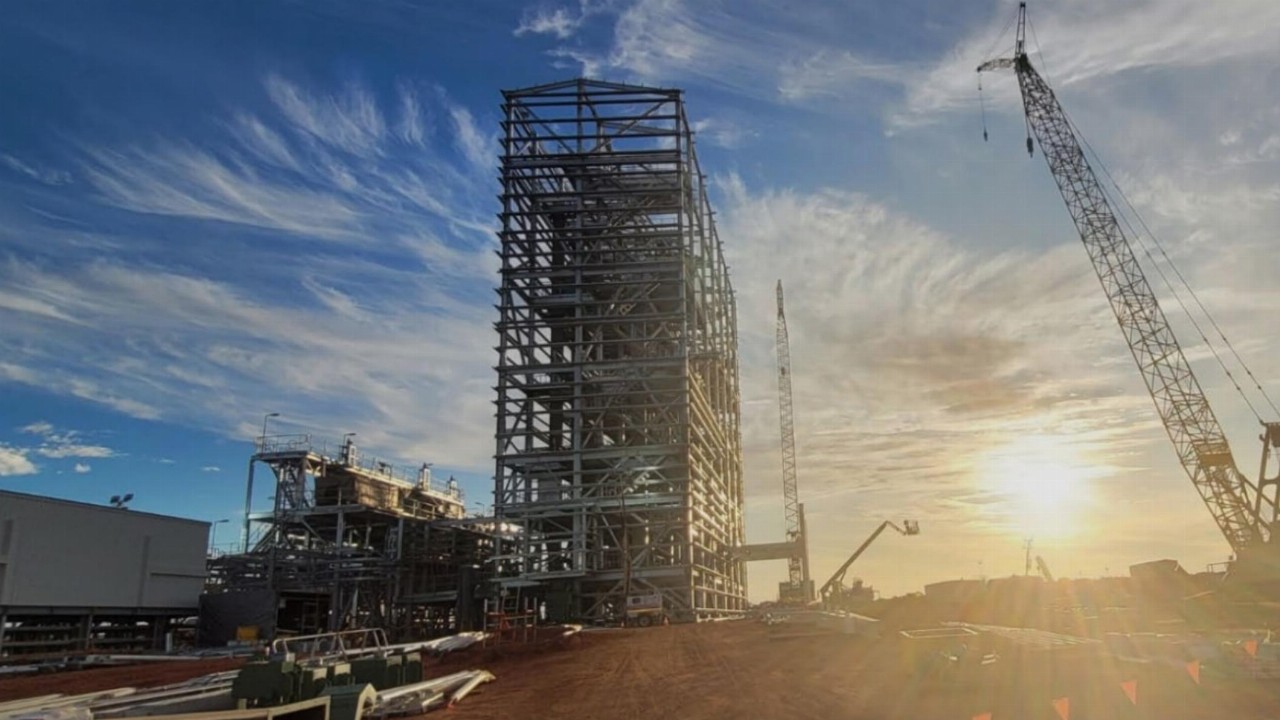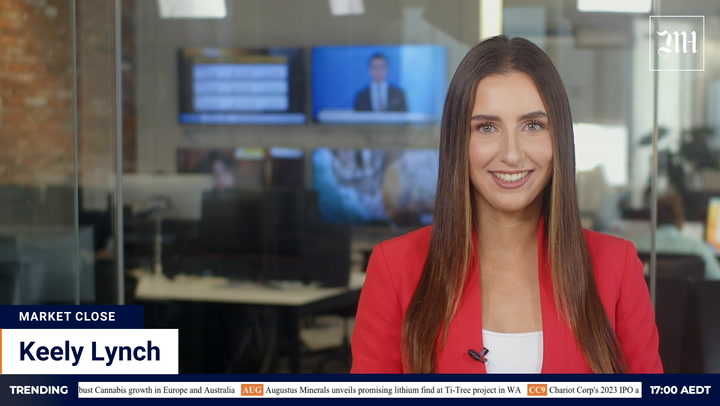The number of dwelling approvals rose 7.5 per cent last month, in a big turn around from the 4 per cent decrease in September.
WA is leading the nation with dwelling approvals up 11 per cent, followed by Queensland which saw a 10.7 per cent increase and New South Wales 9.6 per cent.
However, Australian Bureau of Statistics (ABS) Building Approvals data today showed approvals this financial year to be well down – more than 10,500 down – from the same time last year, with 55,029 approvals from July to October this year.
ABS head of construction statistics, Daniel Rossi said approvals were low this financial year.
The Real Estate sector traded down more than one per cent after the data was released today.
“Approvals for private sector dwellings excluding houses increased 19.5 per cent, following a 3.4 per cent fall in September,” Mr Rossi said.
“Approvals for private sector houses rose 2.2 per cent, following a 4.7 per cent September decrease.
“Despite the monthly increase, total dwellings approved have been low this financial year, in original terms, 55,029 dwellings were approved between July and October in 2023, compared with 65,599 over the same period in 2022.”
Some states and territories were down, dwelling approvals were down 14.4 per cent in Tasmania, 7.2 per cent in South Australia and 1.4 per cent in Victoria.
The value of new residential building rose 8.9 per cent to $6.36 billion, while the value of non-residential building values rose 6.2 per cent to $5.91 billion, rebounding from a 7.6 per cent fall in September.
Masters Builders Australia’s response
Master Builders Australia chief executive officer Denita Wawn expressed caution, noting that rising interest rate could erode the positive gains.
She called for sustained momentum, stating that over the calendar year to date, only 166,236 homes had been approved, well short of the 200,000 homes required.
“Achieving the 1.2 million new homes in five years as envisaged under the Housing Accord will be a huge challenge,” she said.
The organisation’s chief economist Shane Garrett said the total number of new home building approvals rose to 14,223 in seasonally-adjusted terms during October.
“This was 7.5 per cent up on the previous month and represents the highest result since May,” he said.
“October’s solid gain came in the wake of the four-month pause in RBA interest rate hikes.
“During October, there was a particularly large increase in the volume of higher density home building approvals (+19.5 per cent).
“This is important because the rental market is currently in desperate need of more medium and high-density homes.
“The shortage of rental accommodation recently drove rental price inflation to its fastest pace in almost 15 years.
“ Delivering more increases in higher density housing output will help to further dilute rental market pressures.
“New detached house approvals saw modest growth of +2.2 per cent during October.
“However, activity on the detached housing side of the market remains at a low ebb due to development-ready land shortages and the detrimental effect of interest increases.”
Mining leads new capex data
In addition to building approvals, the ABS released new capital expenditure data today.
Private new capex rose 0.6 per cent in the September quarter (seasonally adjusted, chain volume measures) to be 10.7 per cent higher than a year ago, with a 0.7 per cent increase in capex for buildings and structures in Australia.
The highest capital expenditure growth was in the mining sector, which saw a 5.6 per cent rise.
ABS head of business statistics Robert Ewing said the mining industry was the main driver.
“This was offset by a fall in non-mining industries, down 1.3 per cent after large rises in the previous four quarters,” he said.
“Capex was up 0.5 per cent for new equipment and machinery and 0.7 per cent for buildings and structures.
“The increase in building and structures investments was driven by mining, up 5.4 per cent. This industry raised its spending on iron-ore projects and battery-related mineral developments. It was offset by a fall in non-mining industries, down 2.2 per cent.
“The construction industry was the largest contributor to the rise in equipment and machinery capex. It grew by 15 per cent as supply-chain disruptions continued to ease.
“This allowed businesses to take delivery of new vehicles and heavy machinery,” Mr Ewing said.
Capex rises most in WA
Western Australia had the largest rise, up 7.5 per cent in the September quarter. This was offset by a large fall in Queensland, down 10.8 per cent in the wake of large rises in the March and June quarters.
Western Australia led overall growth (24 per cent) followed by Victoria (20.1 per cent).
“Growth in Western Australia was dominated by the mining industry, while growth in Victoria reflects a continuing recovery from steep declines during the pandemic,” Mr Ewing said.
FY24 capex spend revised up: 8.5 per cent
Figures released today also include updated expectations of planned capital expenditure for the financial year. Businesses revised up their expectations by 8.5 per cent (in current prices) since the last estimate three months ago.
“The strength in planned capital investment shows that businesses expect continued growth in new capital expenditure over the rest of this financial year,” Mr Ewing said.
“The information media and telecommunications industry had a particularly large rise based on planned investment in new data centres.”









